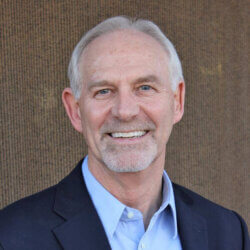
1 min readOne Thing HPs Do Well
by Guy Gage | October 12, 2014 | Business
Assessment #1: Slog through. Sometimes you just have to gut it out. It’s much easier to keep on going when you’re confident it’s the best thing to do, especially when things look bleak, difficult or overwhelming. Just put your head down and get it done.
Assessment #2: Work around. Hardly ever do things work out according to the original plan. That’s when you have to face reality and realize that your current course doesn’t account for something unexpected. So you keep the plan while finding a way around an obstacle or constraint to accomplish your desired result.
Assessment #3: Call timeout. Sometimes the situation is different enough from when you began and you realize your plans are insufficient. So you have to actually change the plan and maybe even renegotiate the outcomes.
Each of these assessments is important and useful to keep going, but selecting the right one is what high performers do consistently in order to make progress and avoid pushing ropes, untimely stalls or chasing rabbits.
How often do you get into the middle of a project, a season, or some other commitment and wonder how you will ever get to the end? Instead of just wondering and hoping, force yourself to make an assessment and then execute with confidence and perseverance.
Read Related Blogs:
Overcoming Resistance: The Pain Point That Sparks Firm Change
Change is tough, especially in accounting firms where partners often resist new strategies. As outlined Guy Gage’s recent article, Breaking Through Partner Resistance, transformation occurs when the pain of sticking to the status quo outweighs the fear of change. This...
Igniting the Spark
In February, a senior manager attended our Leading Your Team course. The program explores how managers can better understand and lead their team members by recognizing different working and relational styles. For him, this experience marked a turning point. He walked...
Leading with Certainty: Anchoring Leadership in Vision and Values
Effective leadership is grounded in the certainty of what is known: the long-term vision, enduring values, and guiding principles that define an organization’s identity. In a recent coaching conversation with a senior leader navigating a period of rapid change, this...


